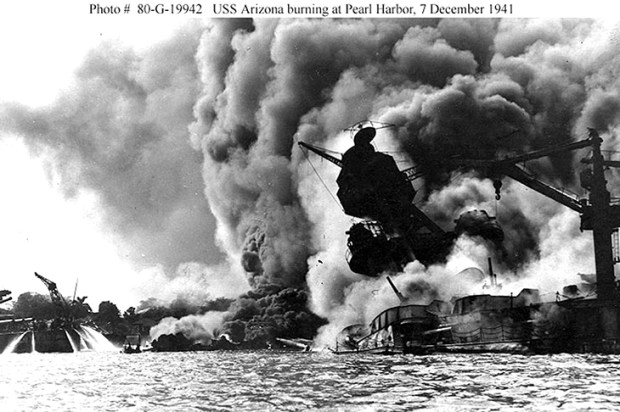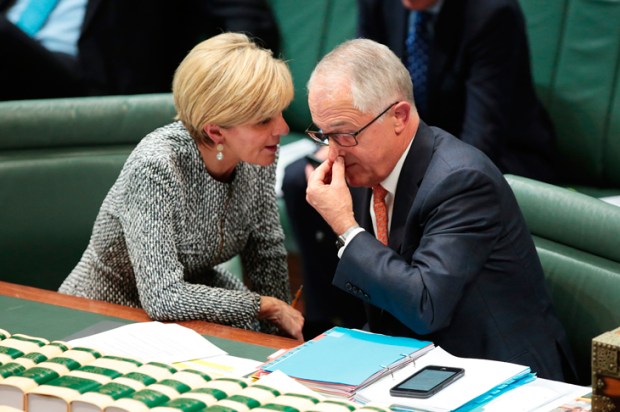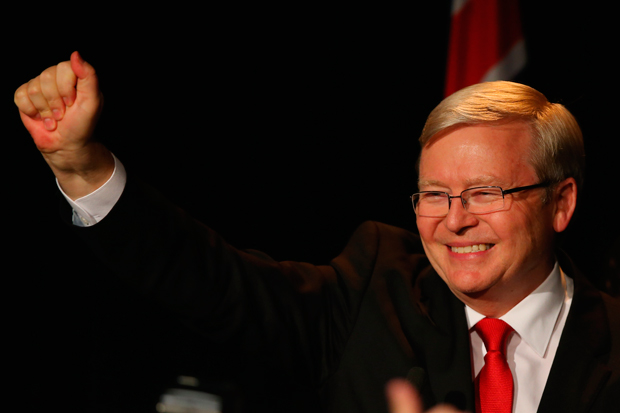Hagia Sophia (the Church of the Holy Wisdom) in Istanbul is arguably the most important building in our Judeo-Christian tradition. Built by the Roman Emperor Justinian in 537AD, then reconstructed some twenty-one years later after an earthquake brought the Dome crashing in, Hagia Sophia still exhibits all the signs of deep religious devotion; astonishing cultural creativity and the historical sweep that saw the Eastern Roman (Byzantine) Empire endure for a thousand years after Rome itself, and the Western Empire, finally collapsed and disappeared in 476AD.
Richard Fidler, in this thoroughly engaging book, appreciates the continuing significance of Hagia Sophia and its centrality to the confidence and certainty of both Constantinople and the Empire beyond, stretching from Europe and the Balkans through Asia Minor to Africa. Fidler writes:
The creation of the Hagia Sophia was a kind of victory, a triumph of the celestial over the mundane, the truest act of theosis. It was the point in the city where the thick curtain separating heaven and earth became gossamer thin. Justinian’s great church brought an unalloyed joy to the people of the city and made them surer of the glories of the afterlife. The magnanimity of the Hagia Sophia inspired a similar generosity of spirit in those within it. Procopius saw how the church lifted the spirits of those who entered it… The Hagia Sophia and the Hippodrome, adjacent to each other, became the great complementary theatres of Constantinople, where the emperor and his people could act out different aspects of themselves. The pleasures of his life were played out in one, the joys of the afterlife were contemplated in the other.
But there was a dark precursory act to the building of Hagia Sophia, the construction of which Justinian saw as surpassing the efforts of King Solomon.
In the adjacent Hippodrome some five years earlier, fifty thousand citizens had gathered in revolt at the Imperial rule of the Emperor and his Empress, Theodora. Justinian’s loyal general, Belisarius, whose military skills rivalled any of the Caesars, deployed his troops in the confined space of the arena like a martial threshing machine. Thousands died. The revolt was crushed.
This episode is emblematic of recurring periods of Byzantine history. Bloodshed centred on intrigue in the Imperial family or distant warfare, followed by magnificent displays of religious and temporal creation. This was a civilisation that was often flawed but which made an indelible contribution to our culture, preserving the works of the greatest minds of the Ancient World, from Homer through Plato to Cicero and Virgil. But for the labours of Byzantine monks, much of our Western cultural tradition would have been lost. We owe the Byzantines an inestimable debt.
It is this civilisation which Richard Fidler, an accomplished ABC interviewer, has discovered and about which he writes with passion and care. His book is a stimulating journey through Byzantine history, from the founder of Constantinople, Constantine the Great, to the city’s fall to the Ottoman Turks under Mehmet II, in the year 1452. It is a journey in which his readers become comfortable fellow travellers.
Fidler’s book really is a successful endeavour in three parts.
First, although the author eschews the descriptive term historian, his narrative is highly readable history, with an occasional omission.
Second, Ghost Empire is very much an account of a father-son relationship, as Fidler travels with his curious fourteen year old son Joe, who has a hero in Frank Lloyd Wright and who aspires to be an architect. There is no better city in the world than Istanbul for an aspiring architect to lose himself in thousands of years of Greco-Roman and Ottoman splendour.The account of the Fidlers playing chess in the shadow of Constantine’s Burnt Column, without realising it, is warm and amusing.
Finally, Fidler’s book should be viewed as part travelogue, as the intricate expressions of lost but not forgotten worlds are discovered anew. It is a suitably light touch but one that is illuminating, as surviving cornices and gateways are identified and in the rush and roar of modern Istanbul.
Constantine the Great, having made himself sole ruler of the Roman Empire through consistent military success, founded Constantinople in 330AD to be the Imperial capital. The small Greek city of Byzantium was overwhelmed by the construction of a magnificent metropolis, standing astride the Bosphorous at the point where Europe and Asia meet. Constantinople was dominated by its churches, be they Hagia Sophia or the Church of the Holy Apostles, for the Roman Empire had embraced Christianity, given Constantine’s acknowledgement of his divine debt to the Christian God who had guaranteed his victory over the alternative Caesar, Maxentius. Istanbul is still characterised by beautiful places of worship, from the Church of the Holy Saviour to the Blue Mosque, which neighbours Hagia Sophia. And the splendour of public buildings like Topkapi Palace remain undiminished. But the deeply diverse and richly cosmopolitan city so beloved of the gifted Turkish writer, Orhan Pamuk, is slowly disappearing. The secular nature of The Turkish Republic is under pressure from political forces which embrace authoritarianism and narrowly religious ideological perspectives. For those who love Istanbul, it is troubling.
Fidler understands the significance of religion to the Romans of the Byzantine Empire, for Constantine and his successors sought to impose doctrinal discipline on the early, often quarrelsome, Christian churches. This makes the absence of detailed comment about the destruction of the Roman army under the Emperor Valens at the hands of the Goths at Adrianople in 378AD, something of a disappointment. Valens was the last of the Arian Christian Emperors, whose view of the Holy Trinity was at variance with most other Christian Biblical interpretations. Valens’ successors, Theodosius in the East and Gratian in the West, suppressed the Arians’ as heretics. The Empire became Catholic in the West; Orthodox in the East. This reality endures.
That said, Fidler’s understanding of the Byzantine contribution to our civilisation is unimpeachable. It extends to the concept of the New Rome, embraced by Muscovy after the fall of Constantinople in 1452.
When next you observe Vladimir Putin standing before the current Russian coat of arms, please note that the double headed eagle is not only Romanov, it is originally Byzantine. The spirits of the Ghost Empire remain evident.
The post Walking the walls of Theodosius appeared first on The Spectator.
Got something to add? Join the discussion and comment below.
Get 10 issues for just $10
Subscribe to The Spectator Australia today for the next 10 magazine issues, plus full online access, for just $10.
You might disagree with half of it, but you’ll enjoy reading all of it. Try your first month for free, then just $2 a week for the remainder of your first year.













Comments
Don't miss out
Join the conversation with other Spectator Australia readers. Subscribe to leave a comment.
SUBSCRIBEAlready a subscriber? Log in